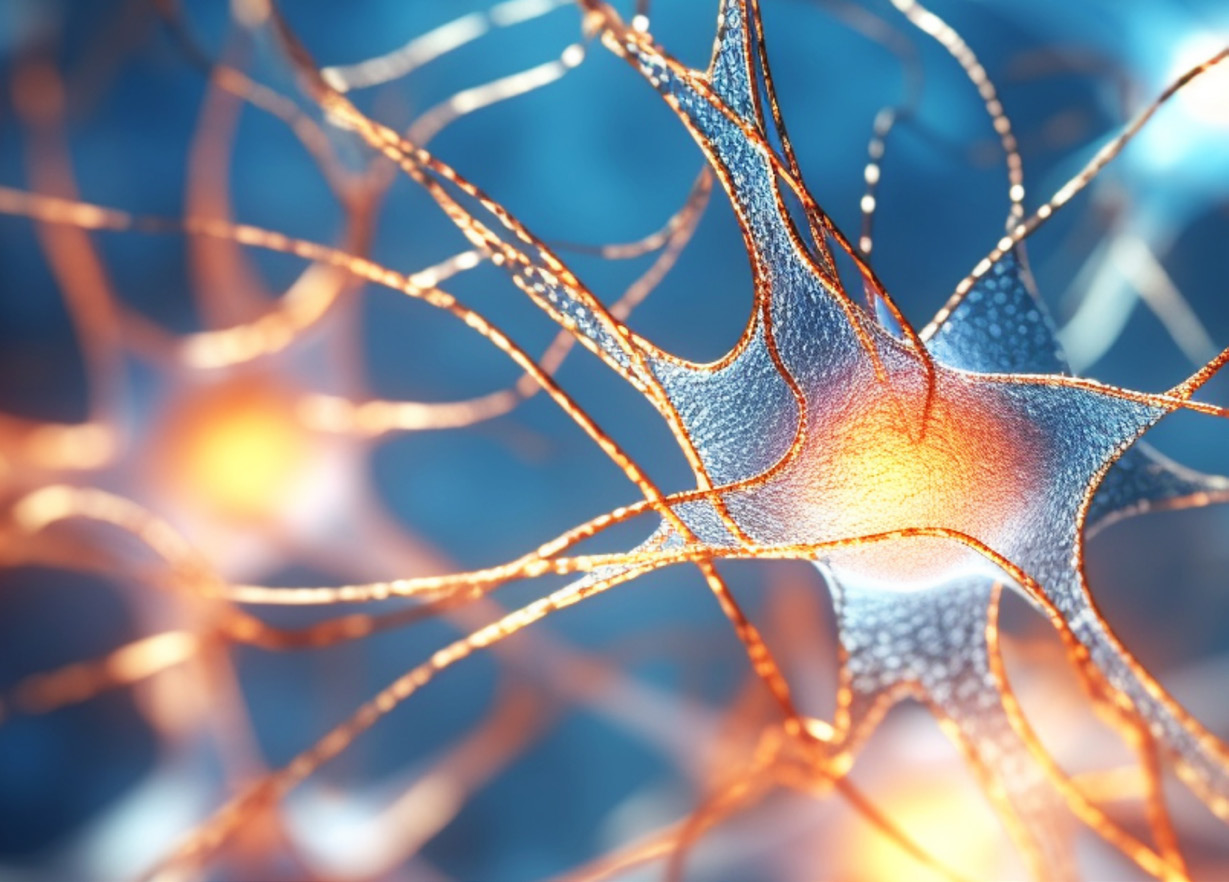Living well
Being an active participant in your overall wellness will provide you with a sense of empowerment while you raise your quality of life. Taking steps to improve your sleep, nutrition and diet, oral and dental care, and physical activity may not rid you of facial pain, but they will likely provide great benefits and make you feel better overall.
Sleep
Sleep plays a vital role in your health. How you feel when you are awake depends in part on how well you sleep. During sleep, your body is working to support healthy brain function and physical health. For people with facial pain, it is a worthy investment to take steps to ensure good sleep. Techniques for better sleep include:
- Cognitive Behavioral Therapy (CBT): CBT will help you identify the thoughts, behaviors, and beliefs that are causing your sleep problems. Through CBT, you will reframe unhelpful thoughts about sleep, learn about the connection between thoughts, feelings, behavior, and sleep, incorporate relaxation exercises, improve your sleep environment, and take other steps to maximize your sleep experience.
- Relaxation techniques: deep-breathing exercises, meditation, and guided imagery can provide relaxation to help you manage your breathing, heart rate, and mood to get into a more relaxed state before bedtime. Relaxation techniques are typically used in conjunction with CBT.
Other strategies to improve sleep
In addition to using the approaches noted above, there are a number of things you can do to improve your sleep quality, including:
- Practicing good sleep hygiene: This means going to bed at the same time every night, avoiding electronics in the bedroom (especially before bedtime), creating a relaxed setting in the bedroom, limiting naps during the day, not eating dinner too late into the night, and engaging in a regular exercise routine.
- Paying attention to physical signs: Be attuned to signs from your nervous system. When you have pain, it can constrict blood flow and cause your hands and/or feet to be cold, which is a sign that you may not yet be ready to sleep.
- Engaging in exercise: Exercising regularly or staying physically active can help your body tire during bedtime.
Diet and nutrition
There is no specific diet that people with neuropathic facial pain should follow; however, you may want to learn about foods that reduce inflammation. As with any other change to your regimen, FPA encourages you to speak with your doctor before you start.
Inflammation and diet
Chronic inflammation has been implicated in various health issues- heart disease, cancer, arthritis, autoimmune disease, and neurologic disorders such as trigeminal neuropathic pain disorders. Your immune system becomes activated when your body recognizes anything that is foreign—such as an invading microbe, plant pollen, or chemical. This often triggers a process called inflammation. Intermittent bouts of inflammation directed at truly threatening invaders protect your health.
Sometimes inflammation persists, day in and day out, even when you are not threatened by a foreign invader. That’s when inflammation can become your enemy. Stress, which is experienced by many people with a chronic illness, can also stimulate inflammation.
An anti-inflammatory diet is plant-based and high in omega-3 fatty acids. Fish, lean meat, eggs, sweet potato, nuts, olive and coconut oils, vegetables, and small amounts of some fruits are all typically included. Many of them are found in the so-called Mediterranean diet, which emphasizes fish, vegetables and olive oil, among other staples.
Go carb, low carb, or no carb?
It is good to be aware that starchy carbohydrates are broken down quickly by the body to glucose, which causes blood sugar to spike and the pancreas to produce a large load of insulin. Through insulin, glucose is then absorbed by the body and either used for energy or stored in the muscles or liver. Starchy carbohydrates are typically those that are more refined, simple carbs, such as white potatoes, bread, rice, pasta, cookies and cakes, pretzels, bagels, etc. It is recommended to instead choose more ‘smart’ carbs which are broken down into glucose more slowly, requiring less insulin for entry into the cells. Less insulin production means less of an inflammatory response. Smart carbohydrates include:
- Brown rice
- Quinoa
- Steel cut oats
- Whole wheat flour
- Beans
- Lentils
- Nuts
- Apples, berries, peaches, grapefruit, plums, oranges
- Non-starchy vegetables
Healthy Fats
For some time, the words ‘healthy’ and ‘fat’ were thought to contradict one another. We now understand that some fats are considered to be healthy. Healthy fats can, in part, build up the myelin sheath that surrounds the nerves damaged due to compression, MS, and other underlying issues. Healthy fats are found in:
- Olive, walnut, coconut, and avocado oil
- Avocado
- Wild-caught fish including salmon, sardines, tuna, halibut, trout
- Nuts, especially walnuts
- Flaxseed
Vitamin B-12
This is the most talked-about vitamin in relation to neuropathic facial pain. There is no conclusive evidence that vitamin B-12 helps with facial pain, but you may want to incorporate it into your diet and wellness routine. Because your body does not make vitamin B-12 on its own, you have to get it from foods or supplements. You can get vitamin B12 in animal foods, which have it naturally, or from items that have been fortified with it. Animal sources include dairy products, eggs, fish, meat, and poultry. If you’re looking for a food fortified with B12, check the product’s Nutrition Facts label.
Foods that trigger pain
If certain foods or types of foods trigger your pain, you may be surprised to learn that you are not alone. Foods that are most reported to cause facial pain include bacon, sugar, alcohol, high-gluten foods, cold foods, hot foods, spicy foods, sour foods, chewy foods, and acidic foods.
Learn to read packaged food labels carefully. Avoid foods and nutritional supplements containing your trigger foods/ingredients. You may want to use a journal to track your food-based triggers (along with your other triggers) so you can implement ways to proactively minimize your pain.
“Safe” foods
In his book, Foods That Fight Pain, Dr. Neal Barnard says there are some foods that are almost never implicated in pain by anyone. These so-called “safe” foods include:
- Brown rice
- Cooked or dried fruits: cherries, cranberries, pears, prunes
- Cooked vegetables: artichokes, asparagus, broccoli, chard, collards, lettuce, spinach, beans, squash, sweet potato
If you suspect a dietary link to your facial pain, try sticking with only the pain-safe foods for about two weeks. If your pain eases, then gradually add back one food at a time until pain starts to return/increase. This can help you zero in on particular foods that might be pain triggers for you.
Oral and dental care
People suffering from neuropathic facial pain are often concerned that dental procedures will trigger or increase their facial pain. Pain caused by tooth brushing or other routine care may also cause you to forego dental care. It is important to continue to take daily care of your teeth and to keep up with your dental appointments. Below are some tips for maintaining your dental and oral health with facial pain.
- Schedule routine dental care to prevent extensive dental treatment.
- Schedule oral hygiene visits when medication is at its peak level of effectiveness.
- Use a soft toothbrush.
- Stay away from tartar control and bleaching products.
Before beginning dental treatment
- Schedule routine visits when your pain is in remission.
- For major dental work, schedule shorter appointment time, during the period which medication is at its highest level of effect.
- Discuss a short-term, preoperative increase in medications with your facial pain physician.
- Consider requesting nitrous oxide gas or IV sedation to reduce emotional trauma.
- Use preemptive anesthesia via a long-acting anesthetic block at the end of the procedure.
- Request the injection of anesthetic at a site as far as possible from the trigger point for TN pain.
- Ask about products targeting dry mouth.
- If tooth-brushing is intolerable, request viscous lidocaine, a typical anesthetic as an anesthetic camouflage, or Peridex mouth rinse.
Activity
For many years, the treatment choice for chronic pain included recommendations for rest and inactivity. However, exercise may have specific benefits in reducing the severity of chronic pain, as well as more general benefits associated with improved overall physical and mental health, and physical functioning.
Find some things you enjoy. Physical activity often features highly on the list of things that people want to return to doing, and can be seen by many as a key indicator of recovery or living more successfully with pain. Finding something that keeps you active and you can actually enjoy is great. Enjoyment keeps us motivated!
Everyone is different- any activity provides physical and mental health benefits. You do not need to run a marathon or play 18 holes- take a walk, do some stretching, paddle around in the pool. The key is to move your body safely and on a regular basis.
When your facial pain flares, getting out and doing physical activity is tough. Some days you will be able to exercise while you are having facial pain; some days you might not. Working out with friends, partners, or kids adds a social component and may increase your motivation and enjoyment of the activity. If you talk to people who exercise regularly, they will likely say that they might struggle to get motivated to exercise some days, but they hardly ever regret having done it.
While changing your diet, getting better sleep, taking care of your dental health, and engaging in physical exercise might not rid you of your facial pain, these are all positive steps you can take to gain some control over your physical and mental well-being.













































